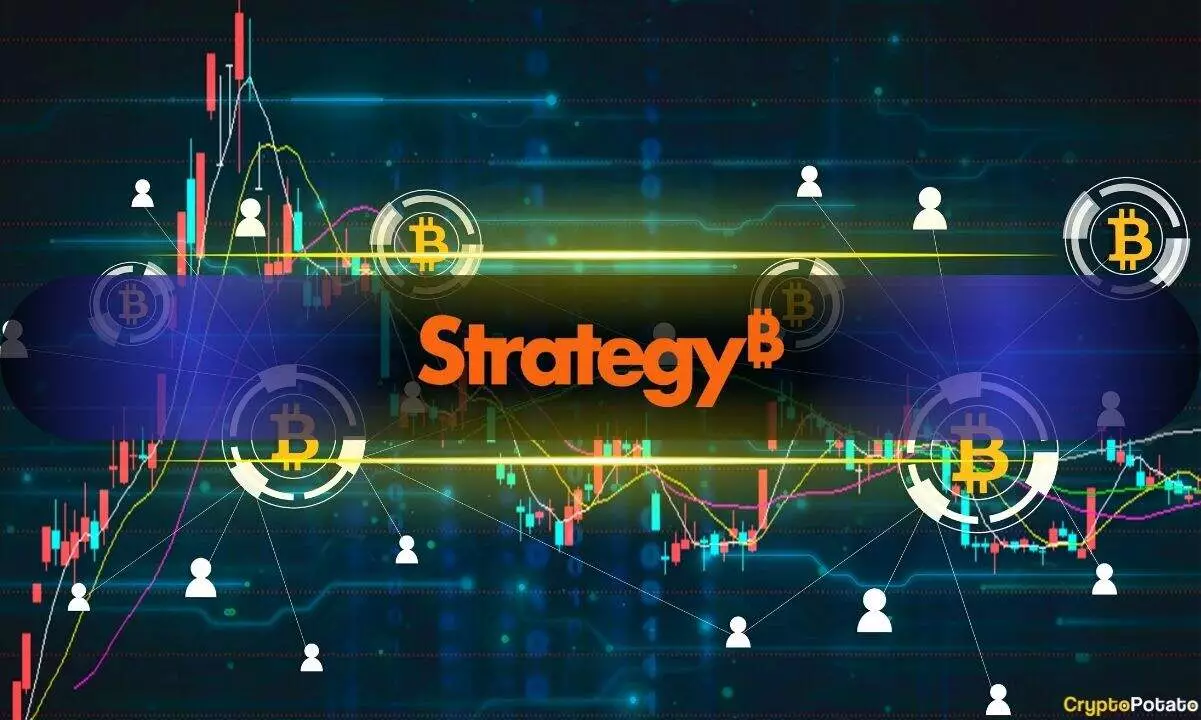The financial arena is undergoing a remarkable upheaval, primarily driven by the surging popularity of Bitcoin (BTC). One of the most influential players in this transition is MicroStrategy (MSTR), led by the audacious Michael Saylor. Recent revelations indicate that more than 13,000 institutions and a staggering 814,000 retail accounts now hold MSTR directly. This suggests a growing acceptance among both large-scale investors and everyday individuals to lean into cryptocurrency as a viable asset class. As conventional markets grapple with headwinds stemming from geopolitical tensions and economic instability, MSTR’s unyielding accumulation of Bitcoin is nothing short of transformative.
With an astonishing 167% increase in market performance over the past year—a feat that dwarfs even the impressive gains of the so-called “Magnificent Seven” tech stocks—MSTR is reshaping expectations. While many traditional assets falter, MSTR continues to flourish, shining a glaring spotlight on the potential of Bitcoin. The analysis speculated by Saylor regarding MSTR’s Sharpe Ratio—a crucial metric for evaluating risk-adjusted returns—positions the firm at a remarkable 1.59, dwarfing competitors like Tesla and Apple. This begs the question: Is MSTR’s strategy setting a new standard for investment return expectations?
Contradictory Sentiments in Bitcoin Adoption
However, the enthusiasm surrounding MSTR’s rising influence isn’t shared uniformly across the landscape. Even with the influx of retail investors into MSTR, some analysts, including vocal proponent Luke Broyles, voice a note of caution. Broyles highlights that conviction among MSTR investors is relatively low, with a mere 18% of Saylor’s 4.3 million social media followers holding stock in MSTR. This disparity between widespread interest and robust conviction raises eyebrows. It appears that while the allure of Bitcoin is undeniable, many investors are still hesitant to fully commit substantial capital.
Broyles’ metaphor of MSTR as a “Trojan horse” is particularly intriguing. He argues that MSTR stands as a conduit for traditional wealth to flow into the Bitcoin realm. This perspective underscores an essential reality: while MSTR is facilitating access to Bitcoin, genuine belief in the cryptocurrency is still lacking among the masses. Observers also speculate that a potential inclusion in the S&P 500 could bolster MSTR’s appeal further and bridge this gap.
The Broader Implications for Bitcoin’s Future
This dynamic plays out against the backdrop of a rejuvenated Bitcoin market, which has seen a remarkable recovery in recent days, bouncing back from a dip below $80,000 to trade around $87,500 at this writing. Such surges not only reflect the underlying strength of Bitcoin as an asset but also suggest that its legitimacy is gaining traction—even if slowly—in the broader financial community.
While MSTR’s impressive performance showcases the disruptive potential of Bitcoin within institutional portfolios, the reluctance of many retail investors to make significant moves indicates that the road to mainstream acceptance is still fraught with skepticism. With economic instability prevalent across various sectors, the question remains: will more investors find the courage to embrace this revolutionary change, or will they allow fear and uncertainty to continue holding them back?

